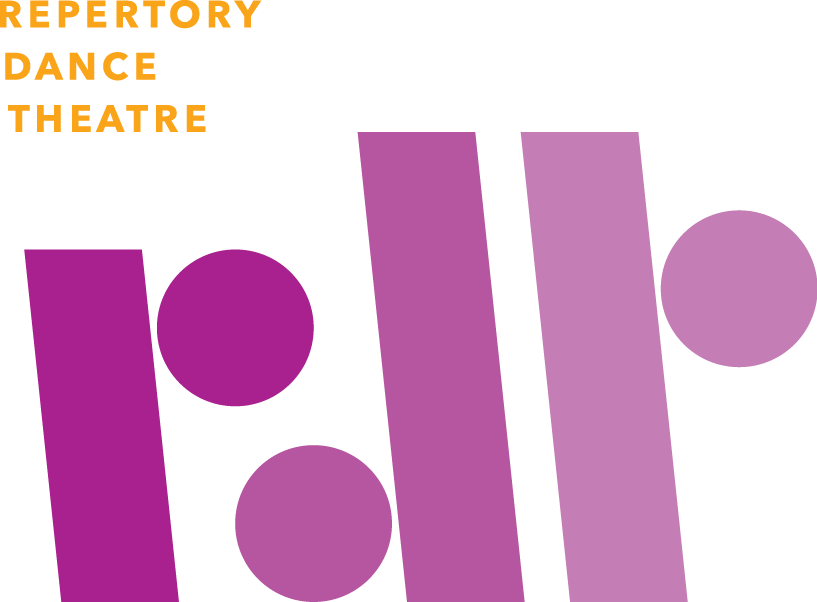Students will explore the element of shape in the their bodies and use the element of time and space to create patterns using straight, curved and angular lines.
Learning Objectives/Goals
Students will work with straight, curved and angular lines in the their bodies. Experiment with slow, sustained movement and quick, sharp movement. They will create shapes and patterns with partners.
Materials Needed
Large open space
Music and a drum
Introduction
State class expectations. Ask students what 3 types of lines are that could be used in making shape and movement. Straight, Curved and Angular (Zig-Zag) lines.
Warm-Up
Have students spread out into the space. On a drum beat, have students make a frozen shape that is made up of all straight lines. Have them make another and one more. This one have them remember or memorize. Every time they hear straight shape, they will make this same straight shape. Repeat this process with curved and angular shapes. At the end of this, each student should have 3 shapes memorized, one straight, one curved and one angular. Using these shapes, have students transition from one to the next using slow, sustained movement. Give them 8 counts to get to each one or 24 counts total, having them end in the shape they began in. Repeat, but this time have them transition from one shape to the next using sharp, quick movement. One drum beat for each shape. What did they prefer? What difference did they notice when experiencing the different speeds of movement?
Investigate
Put students with a partner. Have them put their shapes together, like a puzzle. Two straight shapes to make a partner straight shape. Stress that they don't change their individual shapes, but rather find a way to combine them into a single shape. Repeat this with curved and angular. At the finish, each group should have 3 shapes. Show these to the rest of the class. Notice differences and unique ways each group put their shapes together.
Create
Ask each group to select 3 places in the room. Each place will house 1 of their shapes. Then have them decide a way to travel from one place to the next. Have them select 3 different verbs to travel them from one shape to the next, pausing for a few seconds in each of their group shapes, so we clearly see both shape and traveling movement. Try with music!
Reflect
Show the shape and movement patterns a few groups at a time. Have the audience comment about the different lines they observed and what movement choices the groups made.
Extension to the Lesson
Add to the pattern the traveling pathways of straight, curved and angular! They can choose or match up with using a straight pathway of actions to lead them to the location for their straight group shape.
Follow-up Resources
Lesson plan library.

